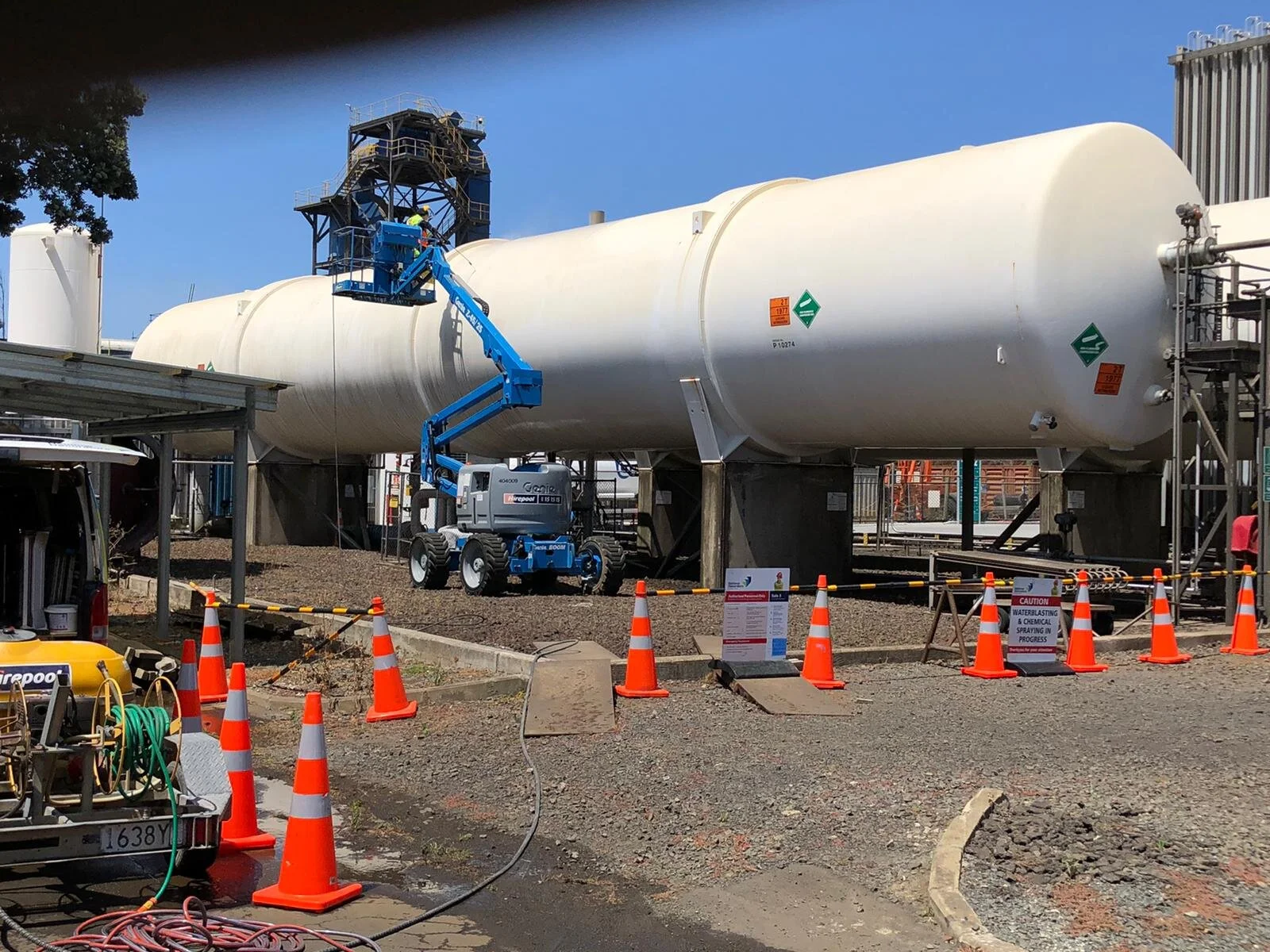Did you know there is still likely to be lead paint on your old buildings?
Might our school have old lead paint on it somewhere?
Lead was banned in paint in 1979 which seems like a long time ago, so surely all that paint is gone by now? Nup, sorry, this is often not the case. Older buildings are often layered with many years of paint and as they are prepared properly the methods will likely expose old layers of paint from previous years.
How Do You Know If Your building Has Lead Coatings?
It often isn’t possible to tell lead-based paints by their appearance, but there is a simple test that can detect whether the paint is a health risk, which any reputable painter will do as part of their pre-start check, and WorksafeNZ article Managing-lead-based-paint explains what their expectations are.
A simple rule of thumb is that if a building was built in the 1980s or earlier, it is best to presume that it has been painted with lead-based paint. Further information from the Ministry of Health can be found here.
How Dangerous Is The Lead Paint On My Building?
First of all, lead paint isn’t dangerous if it’s untouched and in sound condition. It’s once you start preparing the paint or it begins to weather off that it becomes a hazard. Flakes and dust from old lead paint can be absorbed into the body through the skin, eyes and mouth.
So in short, its only an issue if not managed correctly.
If lead poisoning does occur, it can start with vague symptoms such as stomach pains, difficulty sleeping, constipation, loss of appetite - or no symptoms at all. Any suspected symptoms should get medical attention as soon as you can, and a simple blood tests can be done to identify the issue.
What Can Be Done About It?
Containment is generally the preferred method. This simply means that the coatings on the building are maintained in such as way that there is no breakdown - the lead is safely contained. If older buildings are left neglected for extended periods of time, this can lead to the breakdown of building materials including the lead paint.
Removal is another solution sometimes used where the building surfaces have been left to deterioate too far. There are special methods of preparing the area for the removal of paint containing lead, and a detailed Site Specific Safety Plan (SSSP) will detail these down, including cordoning off properly with barriers to prevent contamination and clean up checks at hold points during the job.. Extra disposable Personal Protective Equipment (PPE) like masks, gloves and overalls for the team removing it will be required.
Your contractor will explain to you how they will use a Fibre Containment System (FCS) or similar to ensure safe containment. Preparation methods like Wet Stripping paint (not sanding) to prevent lead dust, are among many methods to prevent contamination.
Responsibilities Of Trades And Organisations
Your contractor must test for lead as part of a standard start up proceedure, on any buildings built in the 1980’s or earlier.
As a PCBU, you are also responsible to ensure steps are taken by your contractor to mitigate the risks of lead paint.
Squash the Myth!
Its common knowledge in the education sector that lead primers used in the 80’s were often red/orange in colour.
So a common myth has it that if you dont see red/orange primer - its not lead!
Old lead paint can be ANY colour.















